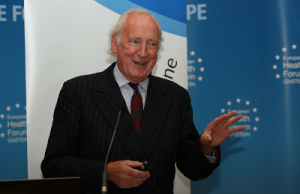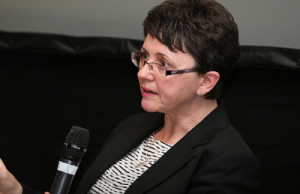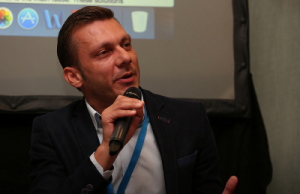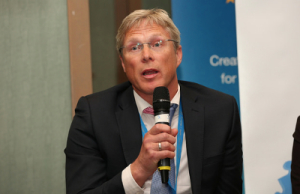Event report and video: New paths to personalised medicine – A live webstream from the European health forum in Gastein
05.10.15
Organised by the European Alliance of Personalised Medicine (EAPM), European Federation of Pharmaceutical Industries and Associations (EFPIA) and Vital Transformation with the support of AstraZeneca, the panel examined the changes being developed and introduced in Europe and the USA to speed up the regulatory approval process for pharmaceuticals, in particular, personalised medicines.




